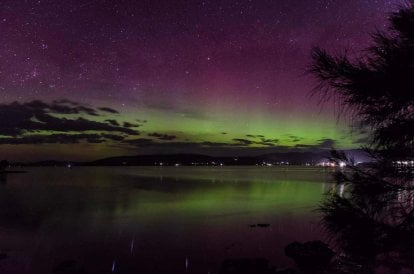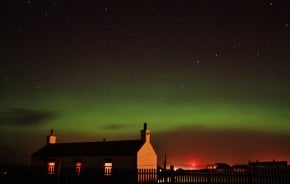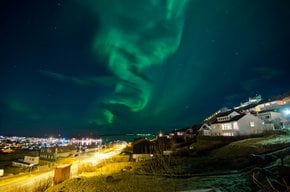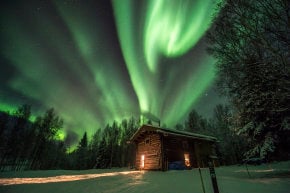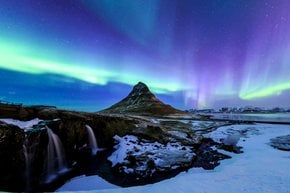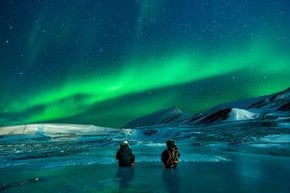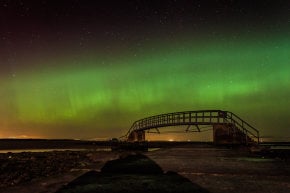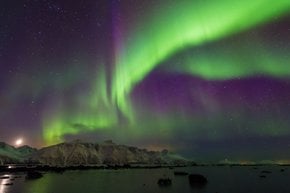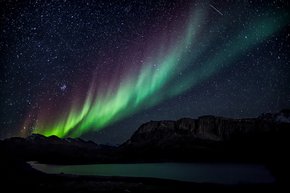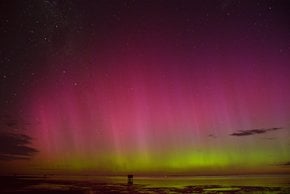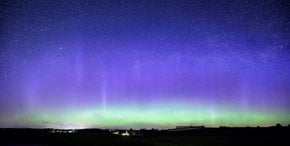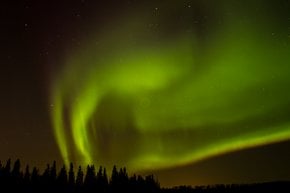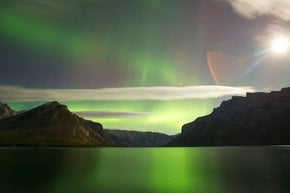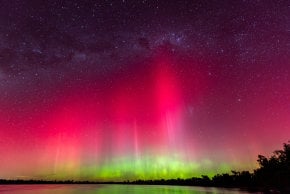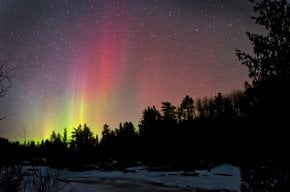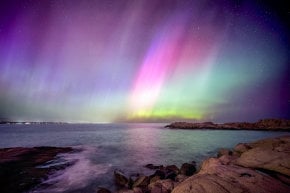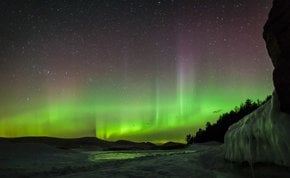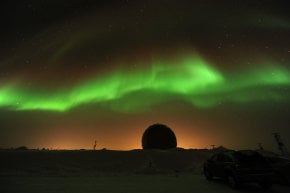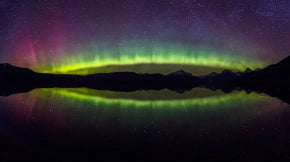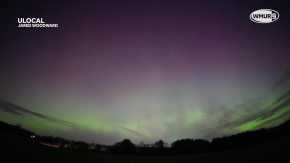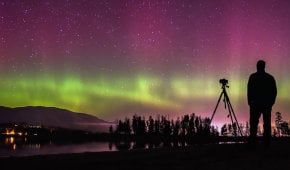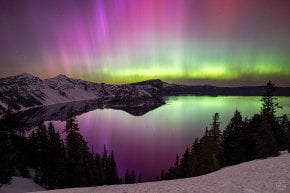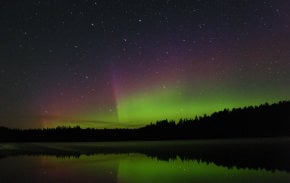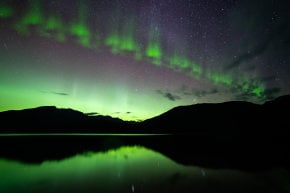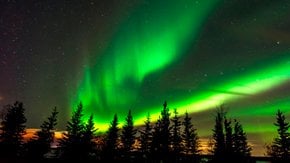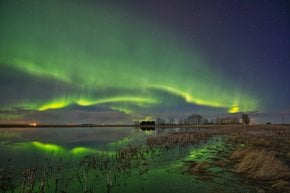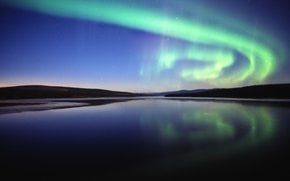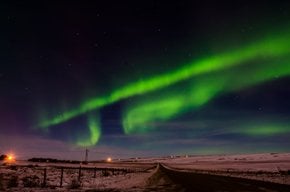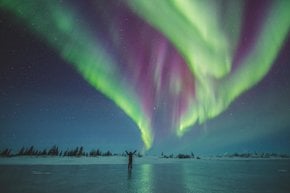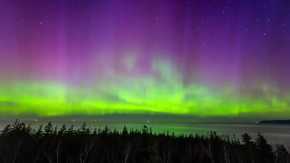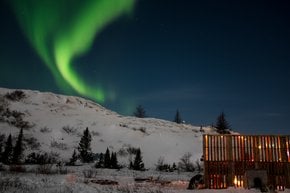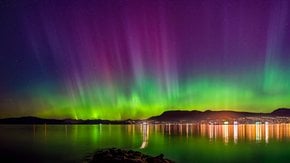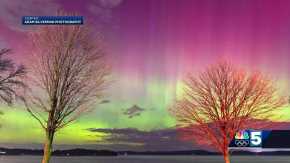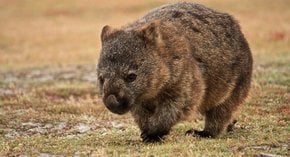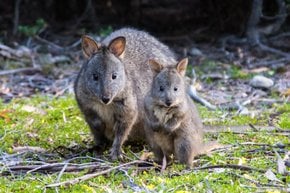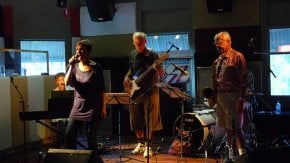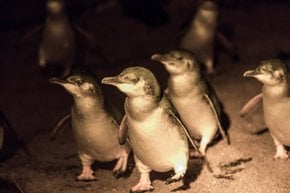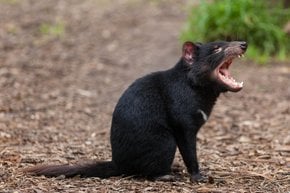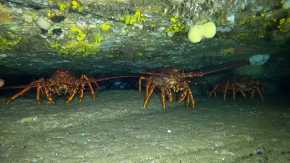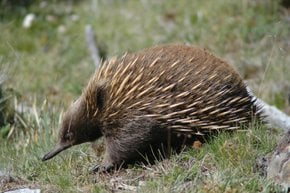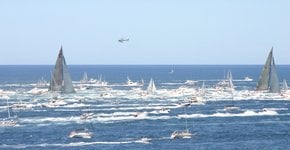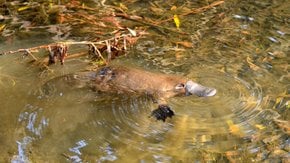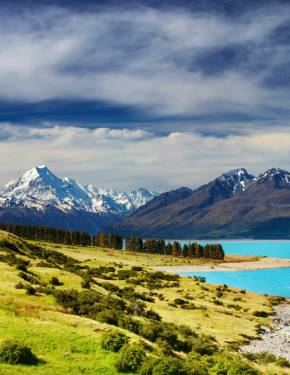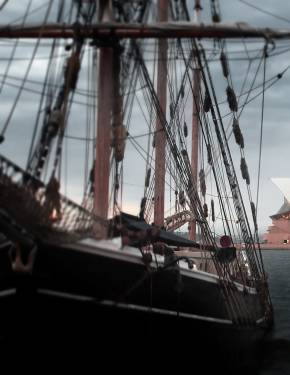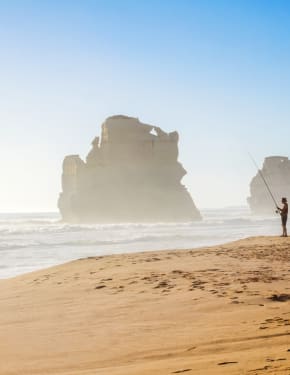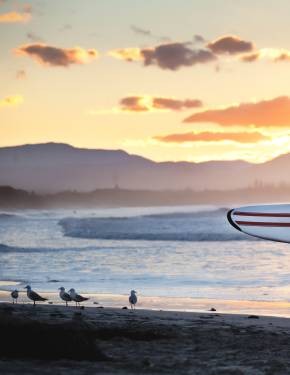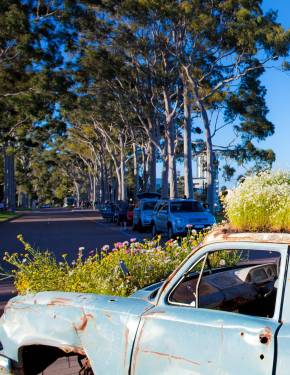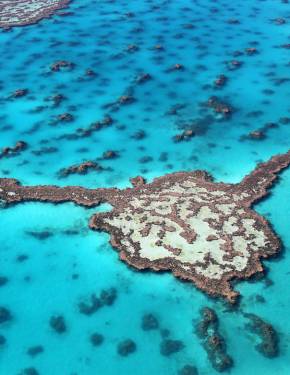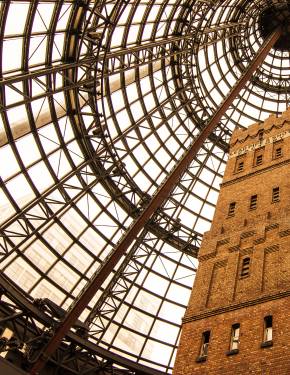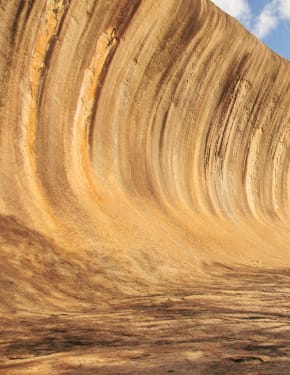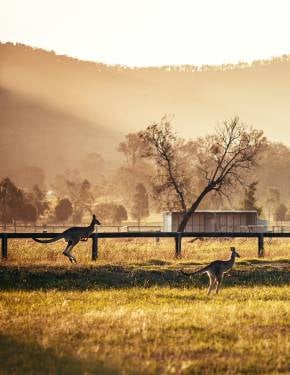Aurora Australis or Southern Lights in Tasmania 2025
Observe mesmerizing southern lights while looking at the beautiful Tasmanian sky
Best time: May–August (all year round)
Located relatively close to the South Pole, Tasmania offers an exceptional vantage point for observing the aurora australis, or southern lights, a natural phenomenon comparable to the northern lights but less frequently seen. The emergence of colors and flickers in the night starry sky creates an impression of the universe close at hand. Southern lights create a fairy tale on Earth, turning the rural landscapes into majestic spots.
Best Time to See the Aurora Australis
The Southern Lights are most visible during the winter months of May through August, when the longer nights increase the chances of spotting the aurora. September is also a favorable time, as the aurora tends to be more vivid during this period. It’s important to note that the aurora is a dynamic phenomenon and can be difficult to predict. The best approach is to plan your visit during these optimal months and keep an eye on aurora forecasts.
Forecasting the Aurora
Predicting the exact timing of auroras can be challenging. For up-to-date forecasts, consider checking resources like the NOAA Space Weather Prediction Center, the Geophysical Institute Aurora Forecast, or the Australian Space Weather Forecasting Centre. These platforms offer experimental tools and forecasts that can help you gauge the likelihood of aurora activity.
Best Places to See the Southern Lights in Tasmania
South Arm Peninsula
Located approximately 40 km southeast of Hobart, the South Arm Peninsula is renowned for its clear views of the Southern Lights. Key spots include Goat Bluff Lookout, Clifton Beach, and Cremorne Beach. These locations offer unobstructed southern horizons, which are ideal for aurora viewing.
Cockle Creek
Situated about 120 km southwest of Hobart, Cockle Creek is another prime location for observing the aurora. The bridge at Cockle Creek provides a good vantage point, though the best views are often obtained by hiking to South Cape Bay. This area offers a more remote setting with minimal light pollution.
Mount Nelson and Mount Wellington
For those staying in Hobart, Mount Nelson and Mount Wellington provide elevated positions that allow for broad views of the sky. While these locations are closer to urban light sources, their heights offer a vantage point that can still capture the aurora if conditions are right. However, be prepared for colder temperatures at this altitude, especially during the night.
Bruny Island
Bruny Island, just a 30-minute drive from Hobart, provides excellent viewing conditions. The Neck on Bruny Island is a popular spot for aurora enthusiasts due to its elevated position and lack of light pollution.
Cradle Mountain-Lake St Clair National Park
Cradle Mountain-Lake St Clair National Park in northern Tasmania offers picturesque landscapes combined with ideal aurora viewing conditions. The park’s flat expanses and natural beauty make it a noteworthy location for those seeking both visual and scenic appeal.
Satellite Island
Satellite Island, a private island off the coast of Tasmania, provides an exclusive and secluded environment for viewing the aurora. Its isolation ensures minimal light pollution, enhancing the visibility of the Southern Lights.
Central Highlands of Tasmania
Central Highlands of Tasmania, with its flat and open terrain, also offers excellent conditions for observing the aurora. The expansive views of the sky and serene environment create a perfect setting for this celestial spectacle.
Highland Lakes
Highland Lakes, situated in northern Tasmania, provides unobstructed views and a tranquil setting ideal for aurora watching. The area’s natural features and lack of light interference contribute to an optimal viewing experience.
Aurora Australis Tours
For those seeking a personalized and immersive experience, the aurora australis tours offers an exceptional opportunity to explore the night sky in Southern Tasmania. For example, priced at A$1,244 for up to four adults, the Hobart Stargazing Experience Private Tour begins with a scenic drive to the summit of Mount Wellington/Kunanyi for a stunning sunset view over Hobart and the surrounding area. As darkness falls, participants will spend approximately 1.5 hours stargazing with the aid of telescopes and binoculars. The tour provides a chance to observe a myriad of constellations, distant galaxies, and, with some luck, the spectacular aurora australis. Comfort is assured with hot drinks, sweet treats, and a well-appointed vehicle for transportation. The tour concludes just before midnight, offering an unforgettable celestial experience in a private and intimate setting.
Viewing Tips and Practical Information
Tasmanian nights can be quite cold, particularly in winter. Ensure you dress warmly in layers and bring extra gear such as gloves and a hat. To capture the Aurora Australis, a high-quality DSLR or mirrorless camera is recommended. Use a tripod to keep the camera stable, and opt for a wide-angle lens with a large aperture (f/2.8 or lower). Set the camera to manual mode, focus to infinity, and adjust the ISO to between 800 and 3200, with a shutter speed of 5 to 30 seconds, depending on the aurora’s brightness.
Local Infrastructure and Amenities
Tasmania’s southern regions offer various amenities and accommodation options. In Hobart, visitors can find numerous hotels, cafes, and transport services. For those venturing to more remote areas like Cockle Creek or Bruny Island, plan your stay in advance, as options may be limited.
Additional Attractions
While in Tasmania, consider exploring other local attractions. The island is known for its stunning natural landscapes, including Cradle Mountain-Lake St Clair National Park and the scenic Central Highlands. These areas offer additional opportunities for outdoor activities and sightseeing.

